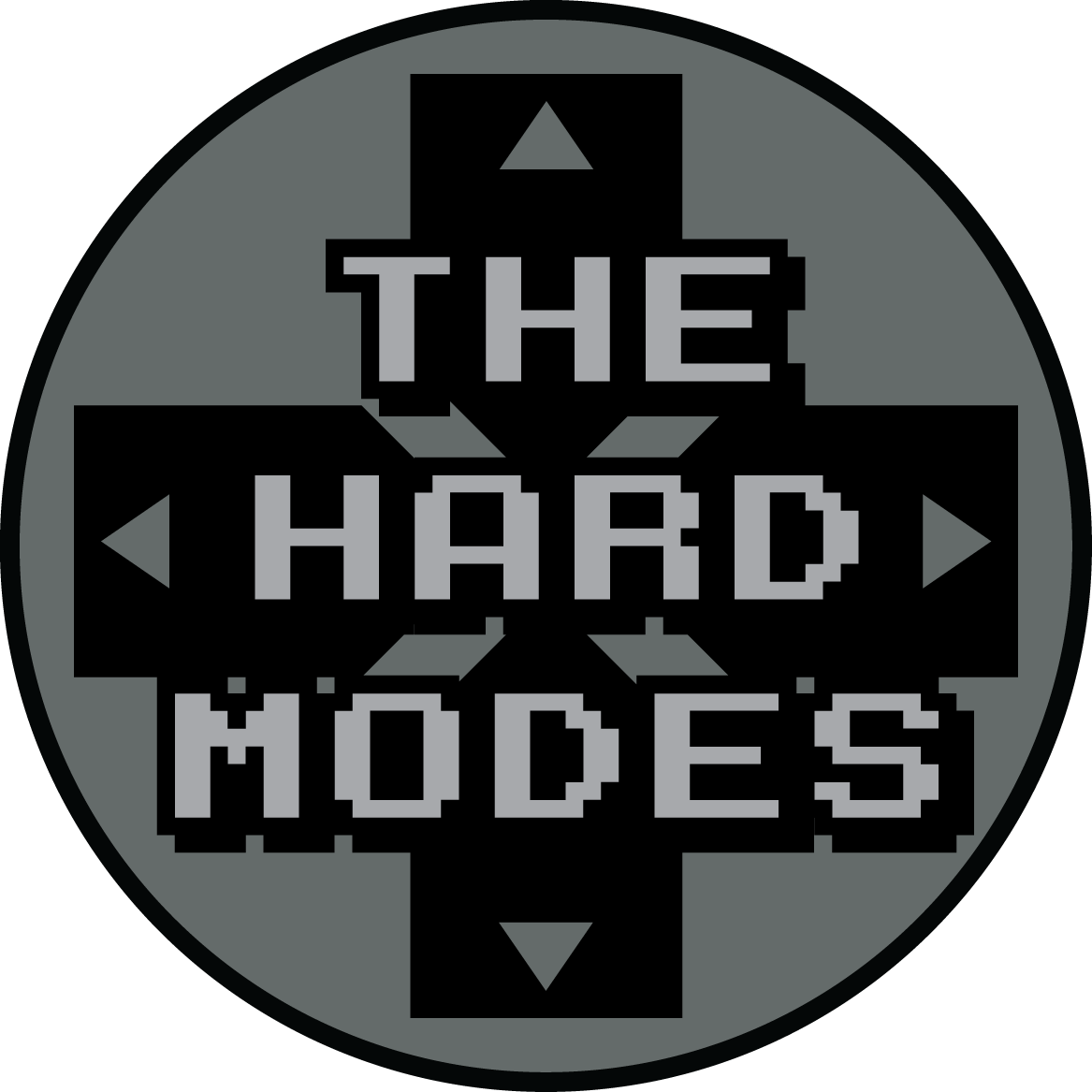
The works below are licensed under a Creative Commons Attribution-NonCommercial-NoDerivs 3.0 Unported License and ©2013 Gregory Weaver.
The year is After Colony 195...
When I’m feeling a little down about new stuff that I’m making on a certain day, sometimes I tell myself to go work on a jazz-influenced piece since that’s the music that I have the most experience performing and listening to. Sometimes forcing myself to work on a jazz piece produces the beginnings of a new tune that I like and sometimes it doesn’t; but when the results are positive, I end up with tunes like “Mr. A.C. (Keep Your Cool)” and my latest, the tentatively titled “Sabba4” (short for Sabbatical Tune #4, but I’ve also come to like it as a title ‘cause it sounds all space sector-y).
Here’s what I have so far for the first part of it:
I pretty much got the first 30 seconds over and done with one day and then moved on to do the next bit a day or two later. Using Finale I wrote the vibes melody first and then created the harmony, etc., and when I put it in Logic I noticed something: there was a distinct emptiness in the second part that wasn’t in the first (or so my ears told me—you may disagree). Take a listen to the parts I’m talking about back-to-back:
OLD CUT:
NEW CUT:
Do you hear what I hear? There is a significant energy to the piece that seems to drop out starting at :10, and it’s not because of the lack of a piano as a whole. I chalked it up to the bass duplicating the vibes too much, the open feel of the drums, and the downward harmonic movement of the guitar chords leading into the open sound of the line after it (i.e., everything).
The question of whether it sounds fine as a piece of music wasn’t what was bothering me because yeah, I think that the old cut sounds good. However, I think there is just too much space and the energy suffers due to it.
Writing for a game, that’s a problem. Or, at the very least, writing a piece like this without a particular situation in mind from the beginning, it’s a problem. Music for a game needs to continuously add to whatever the player is experiencing because it is tied to and thus affects that experience directly. If the music somehow shifts the mood to an odd gear in the middle of a situation, it most certainly has the ability to detract from the situation and make it less believable or authentic.
In this particular piece, there is an energy and a drive in the beginning up to the point in question. In the old version, there is so much space starting at :10 that, if placed in a game where the situation called for excitement, it would be out of place. For example, if you listen to the whole “real” clip, think of a situation where you’re in a ship approaching a mysterious space colony. Suddenly, you’re shot at by unidentified flying objects. The situation you find yourself in is one of desperate survival as you are outmatched. Now, with that in mind and with remembering the feelings you had, listen to the old clip and see if your emotions change. Mine certainly did while writing the piece.
There are a couple of things that I did to “fix” the track, and the fixes have to do with the bass movement and piano part. In the old version, the bass has more movement in that it anticipates the guitar’s chords by playing one chord tone per chord a half a beat ahead of the guitar; in the new, I left out the anticipation but didn’t have it play the guitar’s bass notes, which where melodically moving downwards. Instead, the bass starts the movement a chord later than the guitar and then inverts some of the intervals of the guitar’s bass notes when it comes in (i.e., instead of playing down a M2, m2, M3, M2, the bass plays up a m7, down a m9, up a m6, down a m2). Then, the piano creates upward melodic movement with the chords and doubles down on the mood it creates at :12 of the full versionby playing open chords, two of which are arpeggiated.
The upward movement here does two things. First, it, as upward movement, naturally pushes the listener forward and allows the energy of the previous bars to be carried further. Next, as a result of that carry, it shortens the distance between the held note at :09 and the lines at :13, which are more open because the bass doubles the line played by the vibes.
Speaking of the openness of the part at :13, you’ll notice that I did a couple of things to try and add energy there, as well. The guitar was originally meant to just hold a single chord, but I decided instead to add a little more rhythm by having it chunk out the chord in its different inversions (with upward melodic movement, mind you). The other change is that I increased the tempo of this section, which was done because, in fixing the rhythms in the old version – which saw more than one instrument rush –, it seemed to drag a bit.
I hope you enjoyed listening to "Sabba4." I’ll be working on a few more edits to the section you hear here (mostly dealing with the drums) and will continue on!


